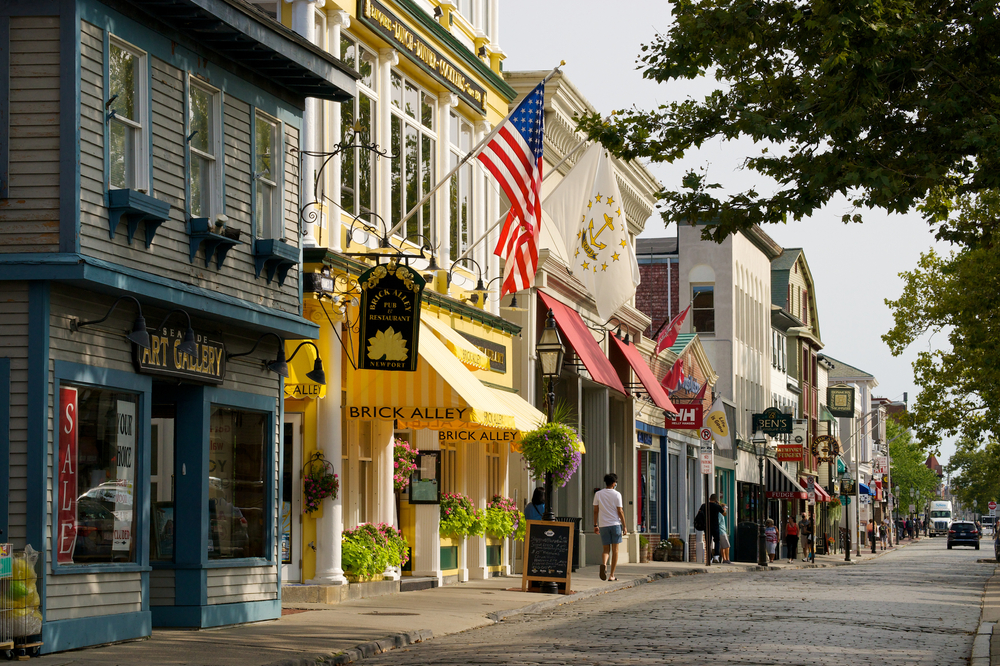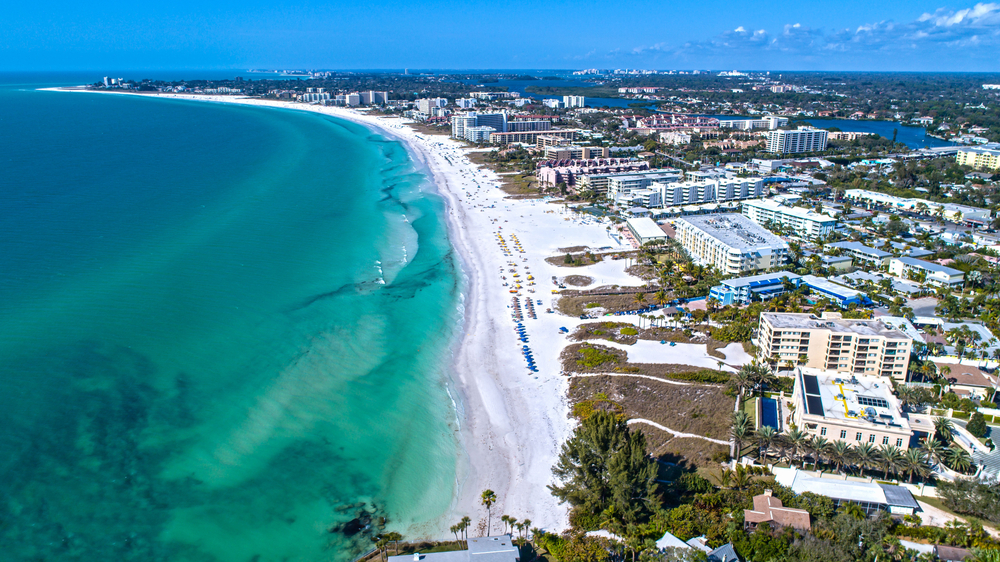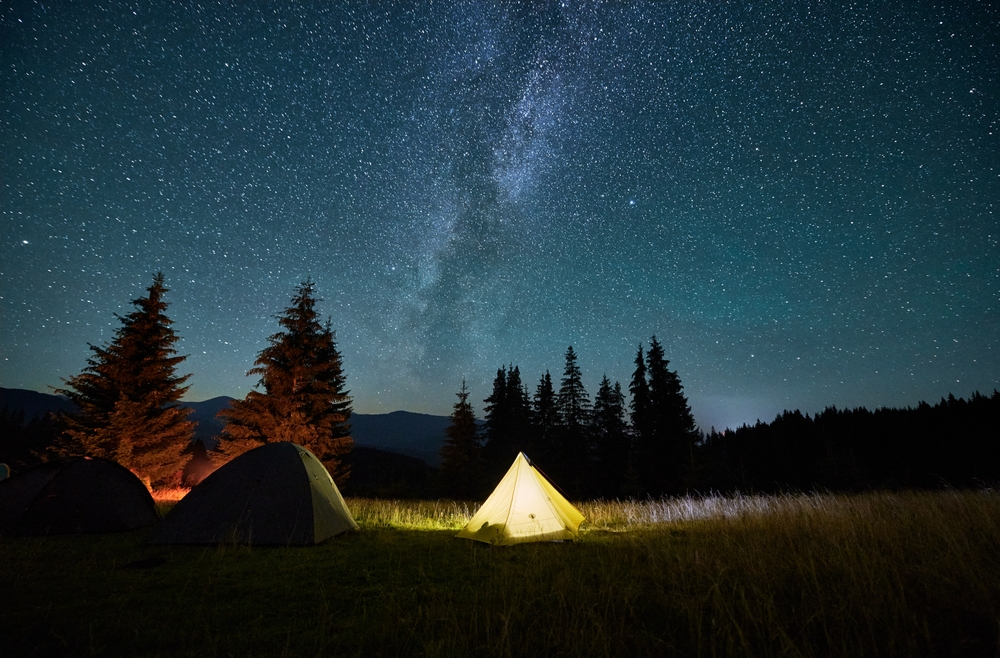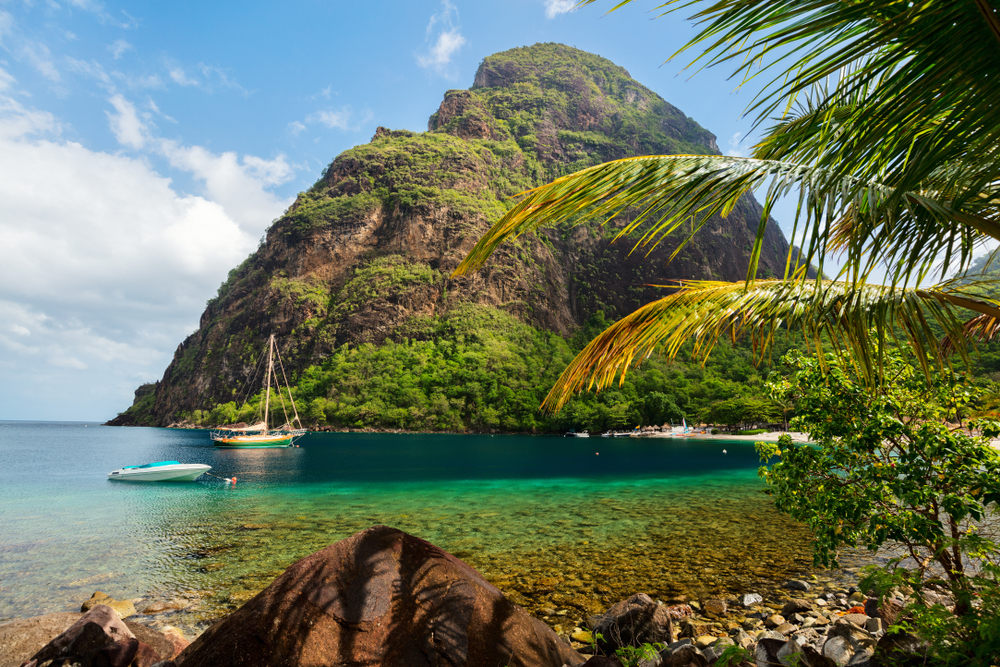Don’t postpone that trip any longer! Go for a one-in a lifetime adventure while you still can!
There are some truly amazing places on our planet, places that are definitely worth visiting at least once in your life. Unfortunately, some of these stunning spots are slowly, but surely, disappearing. The main causes for their demise include climate change, industrialization and overtourism.
As explained by World Meteorological Organization, “the past eight years were the warmest on record globally, fueled by ever-rising greenhouse gas concentrations and accumulated heat”. In the case of Antarctica and Greenland, this means that ice has melted much faster, severely modifying their landscape. In several years, as the seal level rises all over the world, some places might suffer dramatic alterations while others might be completely submerged in water.
Traveling to these places, in a sustainable way, of course, becomes much more important and worthwhile as these spots might no longer be there in a few years. Exploring such wonderful destinations will also make people more aware of how important it is to protect the environment and its creations.
So, what amazing destination should you add to your bucket list? The answer to this question lies in the list we’ve compiled for you with the most stunning spots all over the globe that might disappear sooner than you think. Read on to find them out!
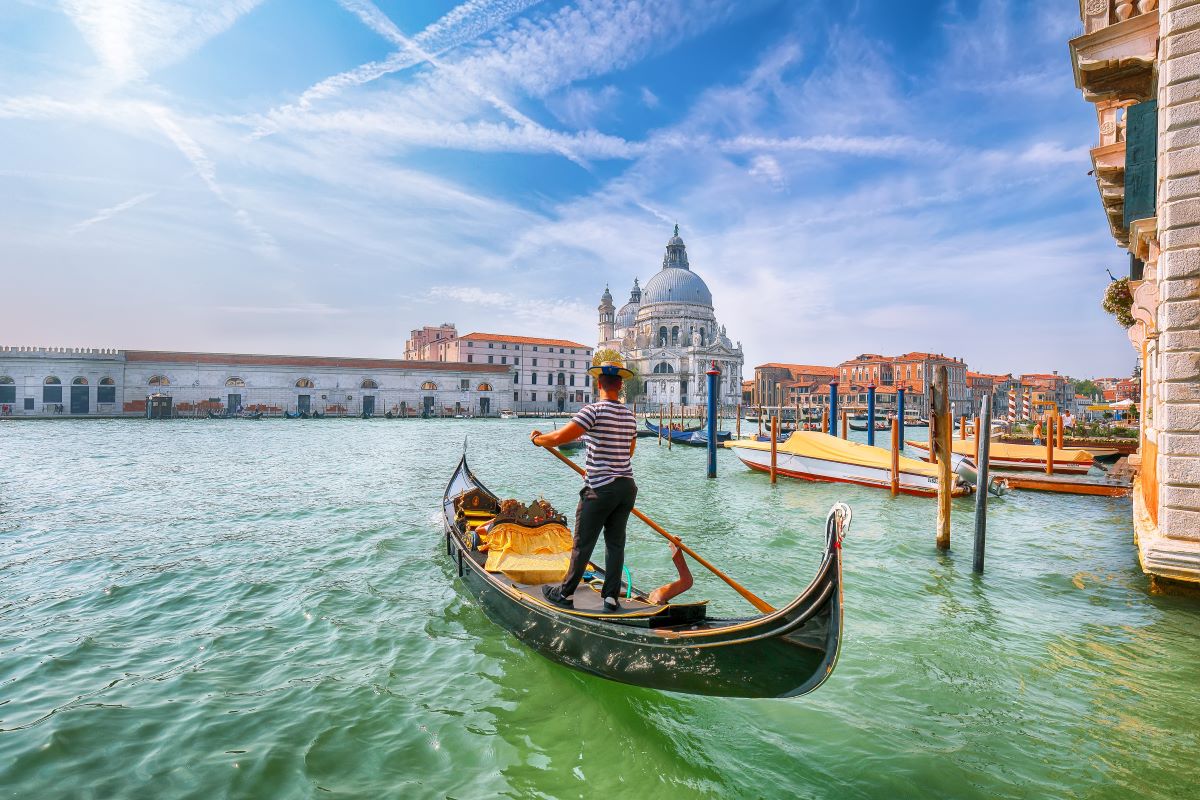
These spots might disappear sooner than we think!
The Galápagos Islands
Galapagos Islands offer tourists impressive images of the wildlife and stunning beaches that cannot be seen elsewhere on this globe. Unfortunately, the ecosystem has been seriously altered by overfishing and increased ocean temperatures. This means that coral reefs are dying, and more and more native animals are in danger of extinction because of overtourism.
Conservationist groups are making huge efforts to restore balance on the islands; one such measure refers to reintroducing iguanas into the islands’ ecosystem due to their ability of spreading seeds in places that lack vegetation. Ecotourism is also closely monitored by the Ecuadorian government so that the islands are no longer assaulted by ignorant tourists.
The Great Wall of China
The Great Wall of China spreads across more than 13,000 miles, but most of it is in poor condition. As a matter of fact, according to Smithsonian Magazine, only 9% of the wall is still in good condition while the rest has been severely affected by erosion.
This impressive landmark might be in a not-so-easy-to-reach destination, but it is still crowded by thousands of tourists who walk on it, locals who take bricks from it to use for personal purposes and even graffiti artists who consider it their huge canvas.
Everglades National Park, Florida
Yes, Florida has made it on our list due to its impressive and unique wetland wilderness called Everglades National Park. It is home to one of largest mangrove ecosystems in the western hemisphere; not to mention the largest continuous stand of sawgrass prairie. It boasts an impressive variety of wading birds as well as reptiles and threatened species, including the manatee and Florida panther.
Sadly, unless something is done to reduce the effects of urban development, exceeding manufacturing and agriculture, this one-of-a-kind place will disappear for good. Half of the original Everglades is already gone, which prompted UNESCO to include the remaining territory on its List of World Heritage in Danger since 2010.
See also:10 Lighthouses You Can Actually Rent
The Amazon Rainforest
The Amazon Rainforest has long been considered the “lungs of the world” due to its rich and dense vegetation. Unfortunately, all that will be left are pictures of its greenery as huge deforestation activities have taken place in the area, with the support of Brazilian authorities. The incumbent president of Brazil encourages the colonization of the Amazon, which led to the rate of deforestation increasing by a shocking 92%.
Human activities as well as climate change have also caused devastating fires. It is still one of the most stunning places to see, but something must be done so that it remains this way instead of destroying its beauty forever.
Check this out: 6 Once-in-a-Lifetime Trips Perfect for Once You Retire
Venice, Italy
Venice is famous for its romantic gondola rides across its picturesque canals. Even if you are not the romantic type, visiting Venice can still be a unique experience, especially since you may not find it anymore in several years’ time. Rising sea levels and tectonic activity has increased the sinking rate if the famous Floating City to two millimeters per year. This could mean that the city might disappear beneath the waters by 2100.
Sure, it seems like a very long time, but ecologists warn it can happen even sooner. For this scenario to not happen at all, the Italian government has allocated billions to finding ways to keep Venice floating. So, book a trip there while you still can!
Antarctica
Going to Antarctica is an adventure from the get-go. This truly amazing place is home to an impressive variety of species you will not see anywhere else, from penguins to leopard seals and orcas. Not to mention spreads across a territory larger than Europe!
What’s less impressive is that the ice caps are shrinking more and more, by almost 25% by the end of this century, as detailed in a study published by Nature. This will severely affect the ecosystem, determining a shift of the ice shelves and a melting of the glaciers. With this in mind, it pays off to visit the frozen continent while there’s still something to see.
Machu Picchu, Peru
Located in the Andes Mountains of Peru, the citadel of Machu Picchu is a unique and impressive destination to visit. To make it even more interesting, just know that it is one of the new seven wonders of the world.
Machu Picchu remained undisturbed after the collapse of the Incan empire in the 16th century. Its location at 8,000 feet altitude made it difficult to be reached. It wasn’t until 1911 that explorers discovered it and since then, it became a major touristic attraction, attracting more than 5,000 people a day.
Overtourism but also climatic conditions have put the Lost City at risk for erosion. The money obtained from tourism goes into measures to preserve the Incan citadel as safe and intact as possible. Given that it might not be on this planet for long, it is a place definitely worth visiting before it disappears.
The Great Barrier Reef, Australia
Located in Australia off the coast of Queensland, this is the largest and most impressive coral reef in the world. Unfortunately, people are not taking very good care of it, and due to pollution, the coral reefs have been severely affected. Climate changes and increases in water temperature have also damaged the corals, with them turning white on various occasions.
As explained by the Australian Institute of Marine Science, over half of the cover of the coral reef is already gone, with the rest at risk of disappearing in the next two decades. Despite these changes, the coral reef is still a stunning sight to see; it would be a pity not to take the opportunity and visit this wonderful place while it’s still out there, in a controlled and sustainable way, of course.
Chamonix, France
If you’re a fan of skiing (and even if you are not), Chamonix is the place to go. The overall scenery, pure, white snow, but also the steep slopes turned it into a popular place for tourists. One of the top attractions of this place is Mer de Glace (Sea of Ice) glacier, the largest glacier in France.
Unfortunately, global warming is slowly, but surely, contributing to the glacier’s melting. According to scientists, around 4 inches of thickness have melted every day during the last summer and the future is not looking any brighter.
Read also:Free Hotel Stays: Myth or Reality? 6 Proven Strategies to Find Yours
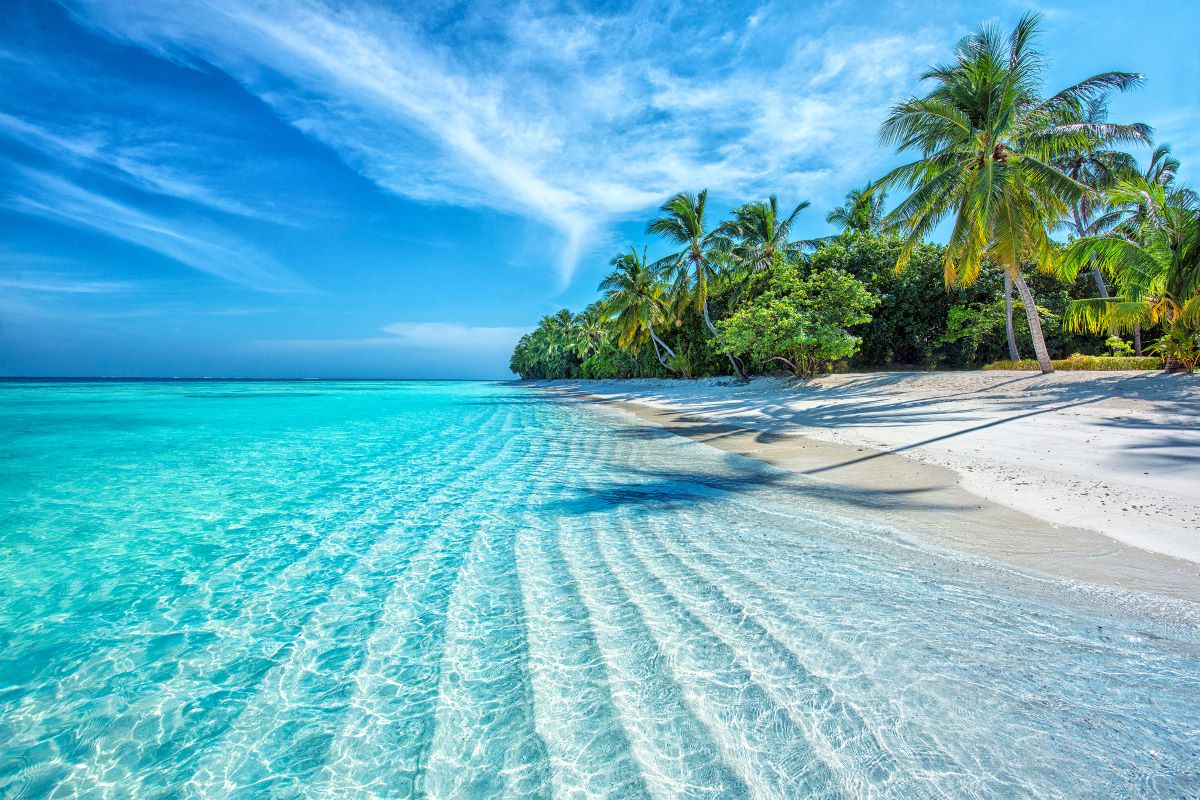
The Maldives
According to a study published in Nature in 2017, climate changes have contributed greatly to rising sea levels. This means that the Maldives, which is the lowest-lying country on the planet, is at a high risk of being swallowed by the Indian Ocean.
If you want to see its impressive series of atolls made from coral, the tropical flora and fauna, the crystalline water and delicate sand, go now, while the place can still be visited. Based on various researches, the islands might become 80% submerged by 2050, although efforts are constantly being made to prevent this from happening.




